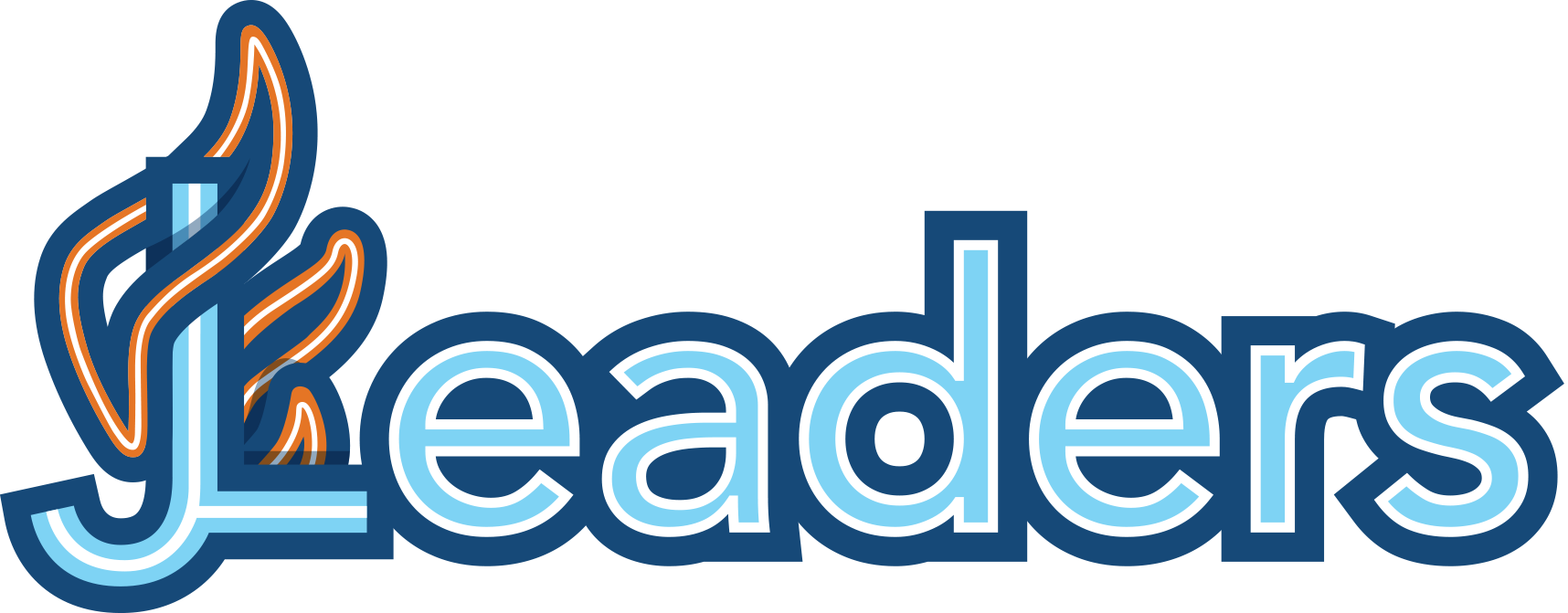By Alex Bolotovsky, CEO of J Leaders
Parsha in a Nutshell
G-d tells Moses he won’t enter the Promised Land. In response, Moses doesn’t protest or seek legacy-building. Instead, he asks G-d to appoint a new leader and G-d chooses Joshua. Moses then introduces Joshua to the people with public support and shared ritual, creating one of the Torah’s most intentional leadership transitions.
Digging Deeper
When Moses learns his time is ending, he doesn’t say, “Let me finish strong” or “Let me decide who follows me.” He says, “Let G-d appoint someone… so the community won’t be like sheep without a shepherd.” (Numbers 27:16–17). He puts the community first.
And then, Moses leans in. He places his hands on Joshua (symbolizing transfer of wisdom and spirit), involves the priest Eleazar, and does all this publicly, not in secret or behind closed doors. This gives the people clarity, confidence, and continuity and clearly empowers Joshua.
Leadership Takeaway
Great leaders don’t just lead well, they step aside well.
Leadership is ultimately about preparing others, creating trust, and letting go with purpose.
Weekly Leadership Challenge
This week, take a step back so someone else can step up:
- Let someone else take the lead on something you usually own.
- Publicly affirm or endorse a rising leader in your world.
- Ask yourself: Am I holding on to something I could release?
The mark of great leadership isn’t how long you hold the torch — it’s how well you pass it on.

